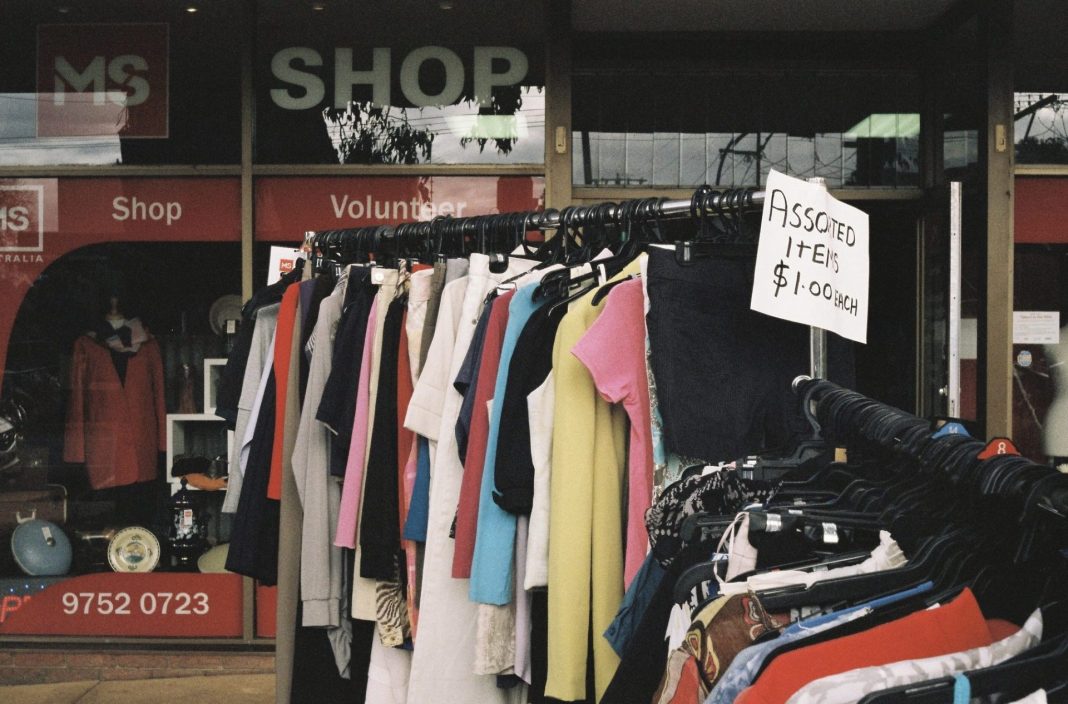My wardrobe is home to a number of second-hand finds that I have bought impulsively, only to discover: it won’t pull over my head, or is plagued by a stubborn stain, or is simply not an item I would ever actually wear. Buying clothes that you later dislike is not a crime – but an issue certainly arises when this is done constantly and thoughtlessly. For decades, charity shopping has been the most affordable and accessible way to put clothes on your back, but only recently, as vintage has become trendy, has it begun to contribute to our misguided consumption habits.
Following the 2008 financial crisis, a greater proportion of the population found itself reliant on the second-hand market. With the emergence of online second-hand marketplaces, thrift shopping firmly planted its feet in the internet age: Vinted was founded in 2008, followed by Depop in 2011. It almost harks back to pre-capitalist bargaining and trading systems – an expression of disillusionment with the economic reality of the time. Attitudes towards second-hand clothing experienced a shift from being sneered at to suddenly being lauded as chic and unique. Thrift shopping progressed beyond financial necessity into the fashion mainstream, to become an ethically friendly disguise for overconsumption.
Pre-worn clothing is cheap, and its stock is unreliable. What is clinging to the racks or listed on a seller’s profile one day might be gone the next. Like pirates returning to ship with a trunk-full of shiny rocks, we often bring home pieces of clothing for fear that someone else may grab them before we have made up our minds. Not to mention all the statistics we have been pumped up with regarding the catastrophic environmental and social impacts of fashion conglomerates: buying out half a charity shop now also has a moral incentive. But the term ‘fast fashion’ does not solely refer to a rapid production time. It’s also about the shortened life cycle of clothing: how quickly an item is bought and then discarded. The slower repurposing and recycling characteristics of the second-hand market are morphing into this fast fashion mentality.
From Depop sellers ravaging their local charity shops, to influencers filming immense Vinted hauls, we are applying a capitalist, more-is-more attitude to what ought to be a sustainable resource. The rise of excessive second-hand buying and reselling means that clothes are spending more time collecting dust on overpacked racks than they are actually being worn.
With trends constantly and rapidly changing, what is ‘in’ one month is ‘out’ the next. It is a real success that second-hand shopping has grown so much in popularity – but there is a worry that this spike in thrifting is just another fad. Our contemporary desire for vintage fashion is being satisfied by buying pre-owned clothing – for now. But what happens when the trend cycle moves on? When some superior fashion entity decides that vintage is no longer cool?
Wanting to own trendy, new clothes is nothing to be ashamed of, but it is now time to adopt a more judicious approach to shopping. Where we source our clothes can be problematic, but how often and in what quantity must also be assessed. A t-shirt from H&M that has been worn and re-worn is ultimately a more sustainable fashion choice than any vintage item that winds up unworn and devoured by moths. The solution is clear: to consider more carefully our own styles and the longevity of the piece of clothing within our wardrobes, before we tap our credit cards.


